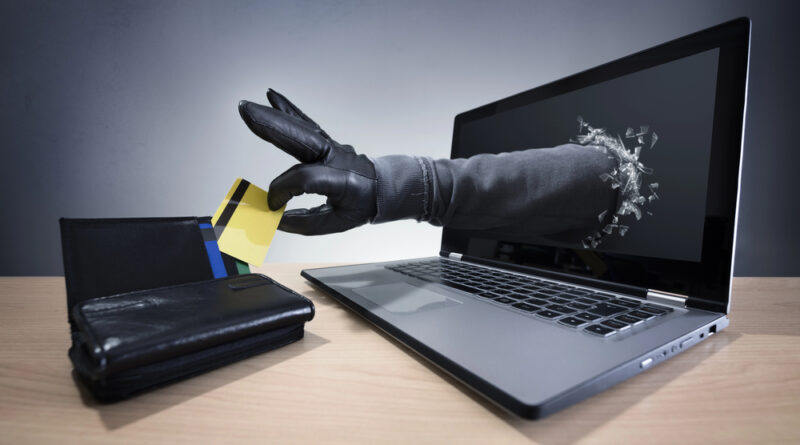How to Take Back Control After a Data Breach
Data breaches have become a daily headline. Whether you’re a victim of an orchestrated hack or a bystander caught in the crossfire of a massive leak, the reality is clear: your personal information may be at risk. Yet, amid the unsettling news of compromised data, there’s a silver lining—being informed means you’re empowered to take action. Here’s a comprehensive guide to help you regain control and protect yourself from further fallout.
1. Change Your Passwords Immediately
When your data is breached, the first and most crucial step is to change your passwords. Research shows that nearly two-thirds of Americans reuse the same password across multiple sites, and almost half stick to easy-to-remember (and easy-to-guess) combinations. This creates a dangerous domino effect: once one account is compromised, your other accounts become vulnerable too.
- Action Plan:
- Affected Account First: Begin by updating the password on the compromised account.
- Avoid Reuse: Make sure you change any similar or identical passwords on other platforms.
- Strength Matters: Aim for unique passwords with at least 14 characters. Although this might seem daunting, password managers can simplify the process by generating and securely storing complex passwords.
Changing your passwords promptly can dramatically reduce the risk of further unauthorized access, and it serves as your first line of defense in the aftermath of a breach.
2. Freeze Your Credit
If the breach includes highly sensitive data—such as your Social Security number, full name, or address—the potential for identity theft escalates. Fraudsters can use this information to open new credit accounts or take out loans in your name, leading to significant financial losses.
- Action Plan:
- Credit Freeze: Contact the major credit bureaus to freeze your credit. This prevents any new credit accounts from being opened without your express permission.
- Bureau Contacts:
- Experian Credit Freeze
- TransUnion Credit Freeze
- Equifax Credit Freeze
By freezing your credit, you place a protective barrier between your financial identity and potential fraud, making it far harder for criminals to exploit your information.
3. Enable Multi-Factor Authentication (MFA)
Relying solely on passwords for security is no longer enough. Multi-factor authentication (MFA) adds an extra layer of security by requiring an additional verification step beyond your password. According to the Cybersecurity & Infrastructure Security Agency (CISA), using MFA can reduce the likelihood of being hacked by up to 99%.
- Action Plan:
- Setup Process: Once you enter your password, MFA requires you to verify your identity through a secondary method—such as a code sent to your mobile device or email.
- Beyond 2FA: While two-factor authentication (2FA) is common, consider platforms that offer even more layers of protection.
By integrating MFA, you create a formidable barrier that significantly minimizes the chances of unauthorized access, even if your password is compromised.
4. Remove Your Personal Information from Data Brokers
Data breaches don’t stop at the leak. Often, your personal information ends up in vast databases managed by data brokers—companies that legally collect, aggregate, and sell data for profiling and marketing purposes. Once your data is out there, it can be shared across multiple networks, increasing your vulnerability.
- Action Plan:
- Data Removal Services: Sign up for a data removal service that specializes in extracting your personal information from these databases.
- Monitor Online Presence: Regularly check what information about you is available online, and use tools to request the removal of outdated or inaccurate data.
Taking control of your digital footprint is a proactive way to limit the long-term repercussions of a data breach. It may require an investment of time (or money, if you choose a premium service), but reclaiming your privacy is well worth the effort.
5. Monitor Your Accounts for Signs of Identity Theft
The consequences of a data breach might not be immediately apparent. Identity theft can manifest months later, often through subtle changes in your financial accounts or credit report.
- Action Plan:
- Regular Monitoring: Frequently review your bank statements, credit reports, and Social Security accounts.
- Alert Systems: Consider setting up alerts with your financial institutions to detect unusual activity.
- Professional Help: If you suspect identity theft, report it immediately to your bank and local authorities, and consider enlisting the services of a professional identity theft protection service.
By keeping a vigilant eye on your accounts, you can catch suspicious activity early, minimizing potential damage and helping you respond swiftly.
Conclusion
While a data breach can feel like a violation of your personal space, the digital era also provides you with the tools and resources to fight back. By changing passwords, freezing your credit, enabling MFA, removing your data from brokers, and monitoring your accounts, you take decisive steps toward regaining control. Remember, the goal isn’t just to react to a breach but to build a robust defense for the future. Stay informed, stay vigilant, and empower yourself to secure your digital life.
Photo Credit: DepositPhotos.com

